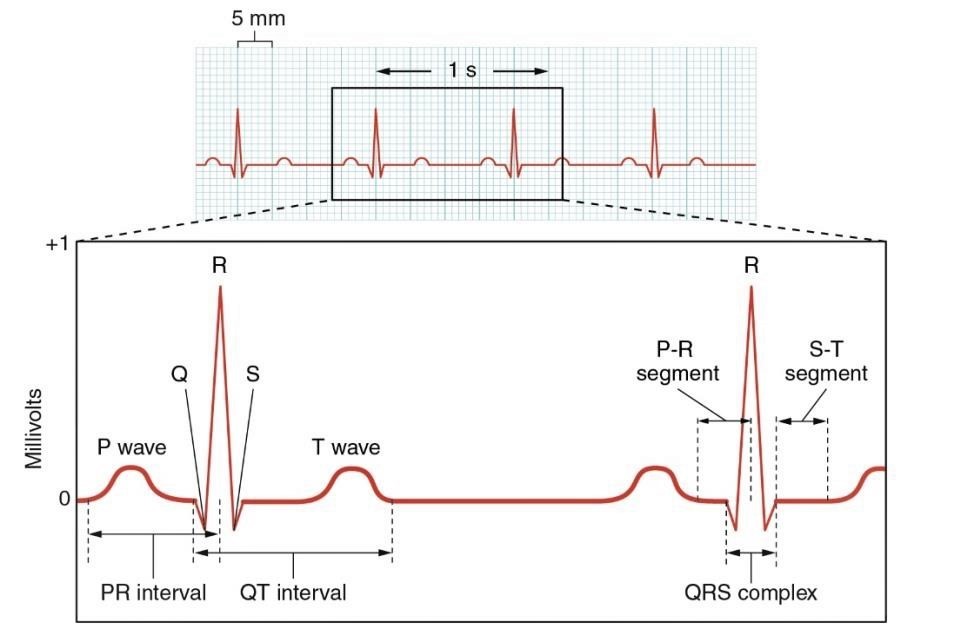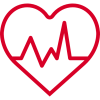Lab 7: ECG

Abstract: The heart is a muscular pump that circulates blood throughout the body. To efficiently pump the blood, cardiac contractions must be coordinated and are regulated by the heart’s electrical conduction system. For each heartbeat, an electrical signal spreads from the top to the bottom of the heart. As the signal travels, it causes contraction of the heart’s atria followed by the ventricles. This process is repeated for each heartbeat. Disease or damage to the heart may alter how the electrical signal stimulates the heart and produces contractions. The heart’s electrical conduction system can be monitored through electrocardiography, which produces a graphic record of the electrical activity of the heart called an electrocardiogram or ECG. The ECG can provide important information as to whether the heart is beating properly and can serve to identify a number of abnormalities.
